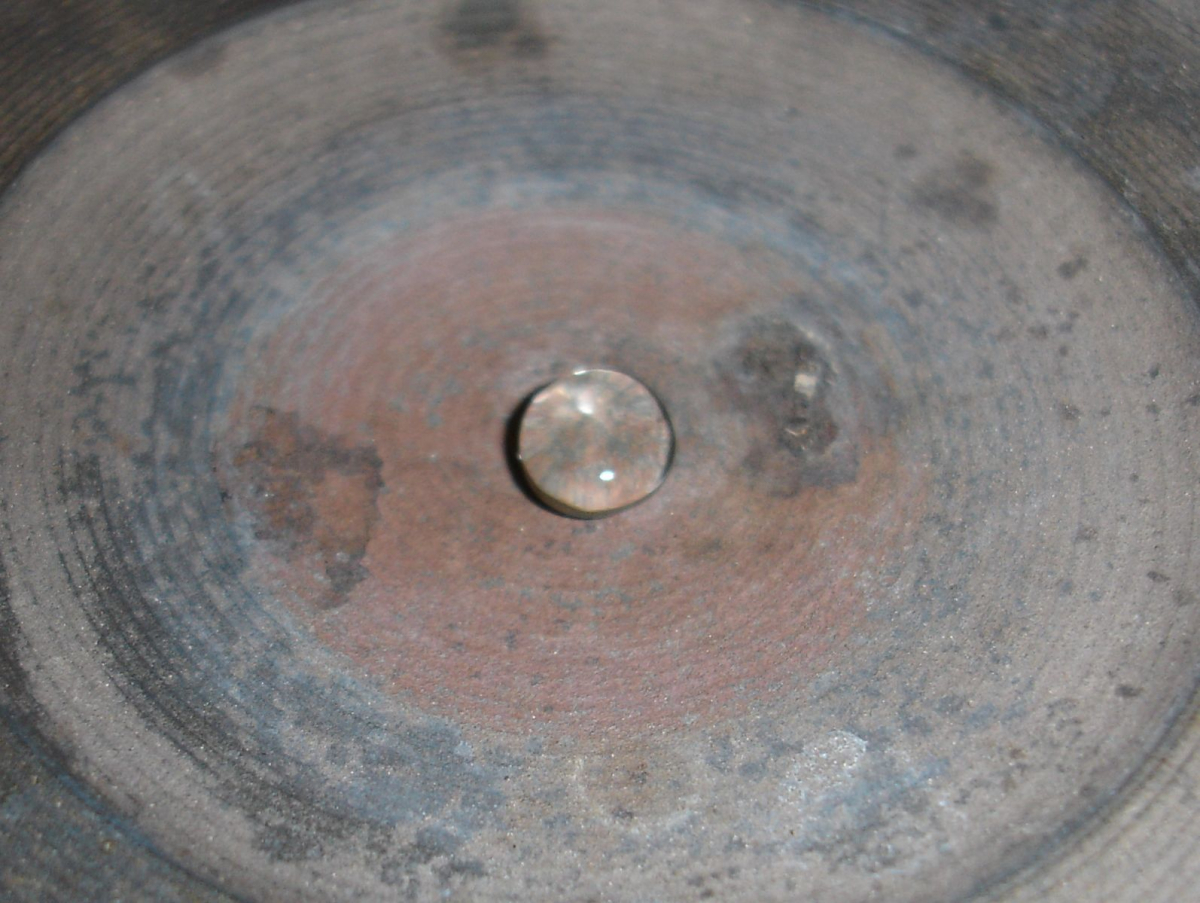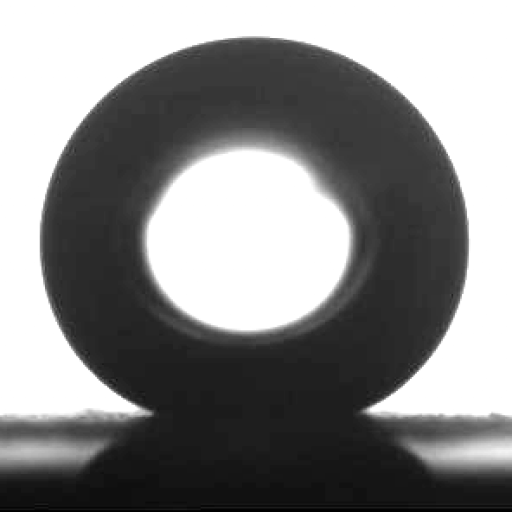Leidenfrost Effect

In 1756, Leidenfrost observed that a droplet of water deposited on a hot surface does not instantly vaporise, but remains a droplet for a considerable duration of time and slides freely around the surface. This is known as the Leidenfrost effect, as we discussed here.
The two videos below, from Vakarelski et al, show (respectively) the break-up of a Leidenfrost layer and a race between falling spheres.
We have harnessed the Leidenfrost effect to create a sublimation heat engine, which you can read about here.
Publications
- Leidenfrost Dynamics, D. Quéré, Annu. Rev. Fluid. Mech. 45 (2013) 197
- Terminal velocity and drag reduction measurements on superhydrophobic spheres G. McHale, N.J. Shirtcliffe, C.R. Evans and M.I. Newton, Appl. Phys. Lett. 94 (2009) 064104
- Drag reduction by Leidenfrost vapor layers I.U. Vakarelski, J.O. Marston, D.Y.C. Chan and S.T. Thoroddsen, Physical Review Letters 106 (2011) 214501
